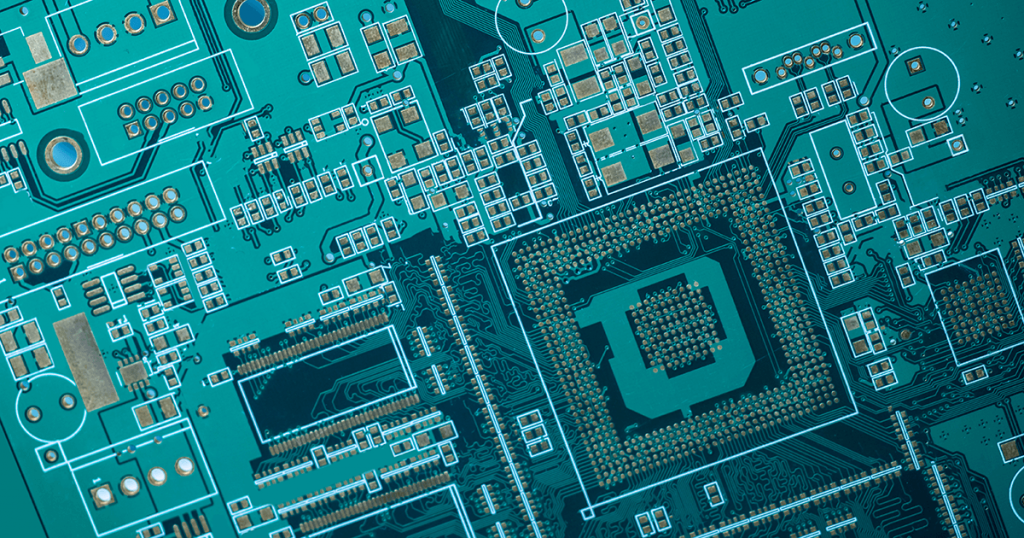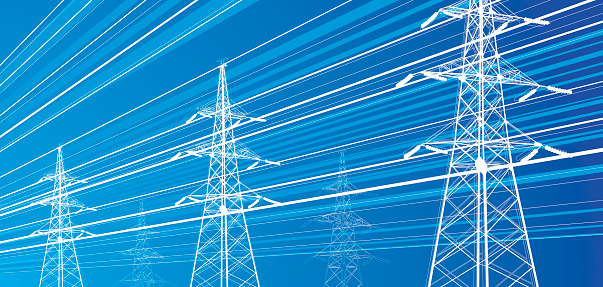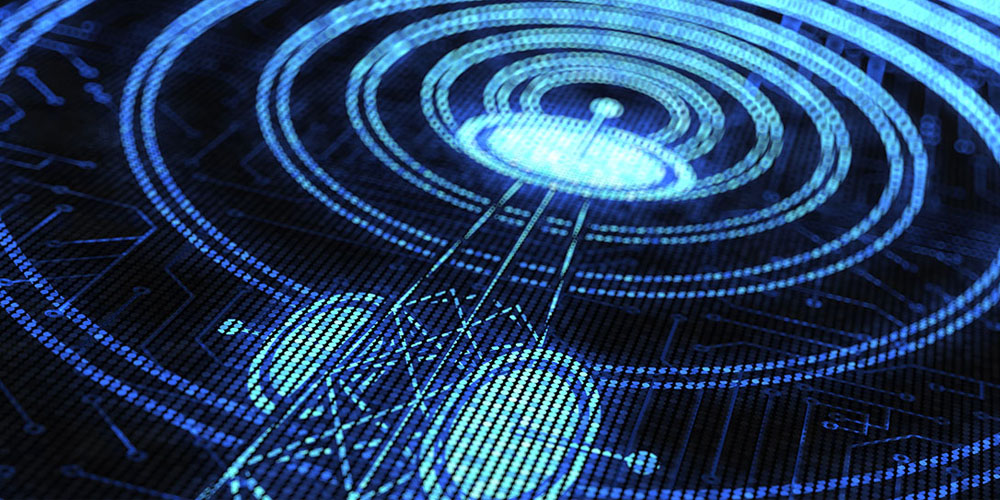news
What are the functionality and benefits of a bidirectional converter?
Author: ZYG Power Module Time: 2023-7-20
Introduction
In recent years, there has been a growing demand for efficient energy conversion systems that can seamlessly handle bidirectional energy flow. This need has led to the development of bidirectional converters, which have gained immense popularity in various applications such as renewable energy systems, electric vehicles, and energy storage systems. This article aims to explore the functionality and benefits of a bidirectional converter in detail.
What is a Bidirectional Converter?
A bidirectional converter is an electronic device that can convert electrical energy between two different forms, such as DC to AC or AC to DC, while facilitating energy flow in both directions. The converter consists of power electronic components, such as transistors or thyristors, that control the direction and magnitude of the energy flow. It acts as a bridge between two energy sources, allowing energy to be transferred bidirectionally as per the system requirements.
Functionality of a Bidirectional Converter
The functionality of a bidirectional converter can be understood by examining its operating modes, which include AC-to-DC and DC-to-AC conversion modes.
1. AC-to-DC Conversion Mode:
In this mode, the bidirectional converter receives alternating current (AC) from an external source, such as the utility grid or a renewable energy source. The converter then converts this AC input into direct current (DC) output. The AC-to-DC conversion mode is commonly used in applications such as electric vehicle charging stations and renewable energy systems, where the generated AC power needs to be converted into DC power for storage or consumption.
2. DC-to-AC Conversion Mode:
In this mode, the bidirectional converter receives DC power from an energy storage system or a direct current source. The converter then converts this DC input into AC output, which can be fed back into the utility grid or used to power AC loads. This mode is extensively used in applications like grid-tied solar inverters and uninterruptible power supplies, where the stored DC energy needs to be converted into AC power for efficient utilization.
Benefits of a Bidirectional Converter
The utilization of bidirectional converters offers several benefits, making them a preferred choice in various energy conversion applications. Some of the key benefits include:
1. Efficient Energy Conversion:
Bidirectional converters enable efficient energy conversion by allowing power to flow bidirectionally between different energy sources. This bi-directional flow ensures minimal energy losses during the conversion process, resulting in higher overall system efficiency and reduced energy wastage.
2. Energy Management and Flexibility:
With the ability to convert energy bidirectionally, bidirectional converters provide enhanced energy management and flexibility. They enable the integration of multiple energy sources, such as renewable energy systems and energy storage systems, into a single system. This integration allows for efficient energy utilization, optimal load management, and improved system stability.
3. Grid Stabilization and Power Quality Improvement:
Bidirectional converters play a crucial role in grid stabilization and power quality improvement. By controlling the energy flow between the grid and the energy source, bidirectional converters can regulate voltage and frequency levels, compensate for power fluctuations, and provide reactive power support. This improves the stability and reliability of the power grid.

4. Energy Storage and Load Balancing:
Bidirectional converters are widely used in energy storage systems to facilitate efficient energy storage and load balancing. They enable the charging and discharging of energy storage devices, such as batteries and supercapacitors, by converting DC power to AC or vice versa. This capability ensures the optimal utilization of stored energy and helps in maintaining a steady power supply.
Conclusion
The functionality and benefits of bidirectional converters make them an essential component in modern energy conversion systems. Their ability to convert energy efficiently in both directions, coupled with enhanced energy management and grid stabilization capabilities, has revolutionized the renewable energy, electric vehicle, and energy storage sectors. As the demand for efficient energy conversion continues to grow, bidirectional converters are expected to play a crucial role in meeting the ever-increasing energy needs of our society.
Previous: China high quality SM Series: AC DC Power Supply for Reliable and Efficient Performance
Next: AC DC Converter HP Series made in chian: Efficient Power Conversion for All Your Electrical Needs
relevant information
-
2022-8-10
How to find a reliable power supply manufacturer
Need to purchase power modules, but do not know how to find a reliable manufacturer? This is an important question facing many friends. It is not difficult to find manufacturers. One is through the introduction of other colleagues in the industry. They have experience in dealing with power module manufacturers. If they recommend, they can contact them directly. The second is to find manufacturers on the Internet. , There are many such manufacturers, but be careful, after all, there are all kinds of manufacturers. It is recommended that you seek manufacturers with high reputation and good reputation. When choosing a power module manufacturer, you must find a professional technical company. The so-called professional company is actually a high-tech enterprise dedicated...
View details -
2023-7-16
China Transforming 12V AC to DC: The Perfect Converter for LED Illumination
In the realm of lighting technology, Light Emitting Diodes (LEDs) have gained immense popularity due to their energy efficiency, durability, and versatility. LEDs have revolutionized the way we illuminate our surroundings, from homes and offices to cars and streetlights. However, using LEDs for illumination requires an efficient conversion of the alternating current (AC) power supply to direct current (DC) power. In this article, we will explore the importance of converting 12V AC to DC for LED illumination and the perfect converter for this task. When it comes to LED lighting systems, they operate on low voltage DC power. However, most power sources provide AC power, making it necessary to convert the power supply for proper LED operation. The conversion process...
View details -
2023-5-9
Designing an Efficient Industrial AC-DC Converter
In modern industrial applications, AC-DC converters play a significant role in transforming electrical power between different voltage levels and frequencies. These converters are essential for powering a wide range of devices, from small electronic circuits to heavy machinery. With the increasing demand for more efficient and reliable power supplies, it is essential to design AC-DC converters that can meet the requirements of industrial applications. The efficiency of an AC-DC converter is a critical factor that determines its performance. Higher efficiency means that less power is dissipated as heat, resulting in lower operating temperatures and longer device lifetimes. To achieve high efficiency, designers must consider several factors, including power factor correction, switching frequency, and topology. Power factor correction (PFC) is a...
View details -
2023-10-13
Unleashing the Power of Modular Power Supply for Your PC
When it comes to building a powerful gaming or professional workstation, one component that often gets overlooked is the power supply. While it may not be as glamorous as a high-end graphics card or a cutting-edge processor, it is undoubtedly a vital part of any PC build. The power supply is responsible for providing a stable and reliable flow of electricity to all the components, ensuring their proper functioning and longevity. In recent years, modular power supplies have gained popularity among PC enthusiasts, offering a range of advantages over the traditional non-modular counterparts. In this article, we will explore the benefits of modular power supplies and why they are worth considering for your next PC build. First and foremost, a...
View details -
2023-10-13
High Voltage Power Supply Module: Amplifying Energy Efficiency and Output Performance
Introduction High voltage power supply modules are essential components in various industries, ranging from healthcare to telecommunications. These modules are responsible for providing the necessary voltage levels to operate various devices and equipment. With advancements in technology, there has been a growing demand for more efficient and high-performing power supply modules. This article aims to explore how high voltage power supply modules can amplify energy efficiency and output performance. Enhancing Energy Efficiency Energy efficiency is a crucial aspect when it comes to power supply modules. Inefficient power supplies not only waste energy but also generate excessive heat, leading to increased energy consumption and potential device failures. To amplify energy efficiency, high voltage power supply modules employ various techniques. One such...
View details -
2023-8-11
Custom Type Power Series: Unleashing the Potential of Personalized Products
In today's consumer-driven world, customization has become a powerful tool for businesses to differentiate themselves and meet the unique preferences of their customers. Whether it is personalized clothing, customized accessories, or tailor-made furniture, consumers are increasingly seeking products that reflect their individuality and cater to their specific needs. This has given rise to the custom type power series, revolutionizing the way products are created and consumed. The custom type power series takes customization to a whole new level by allowing customers to design and personalize their products from scratch. From choosing the materials, colors, and patterns to adding their own style and flair, the possibilities are endless. This not only empowers customers to have a say in the creation process...
View details


















